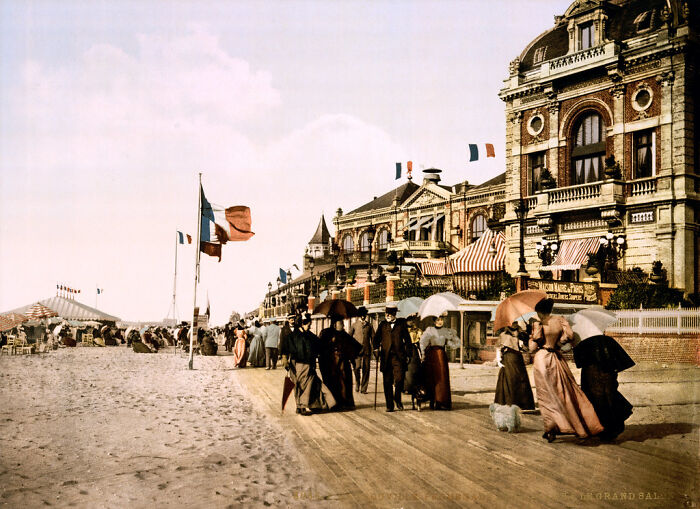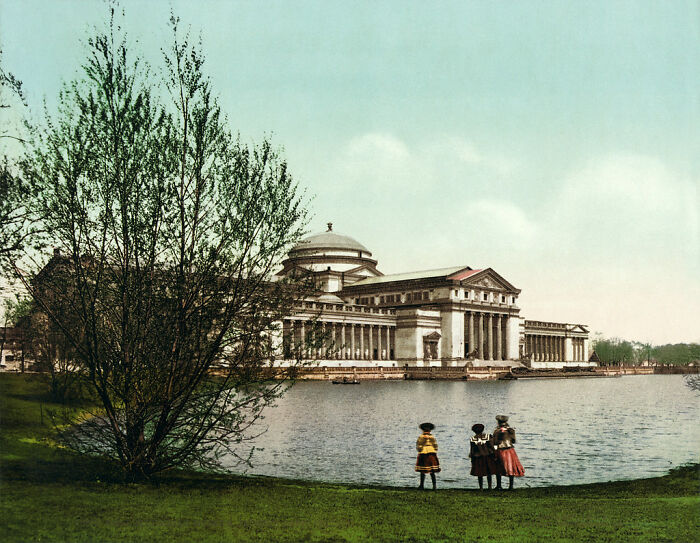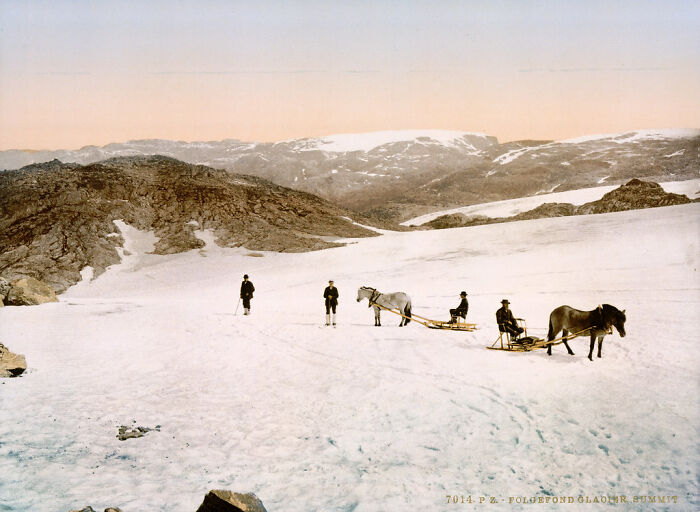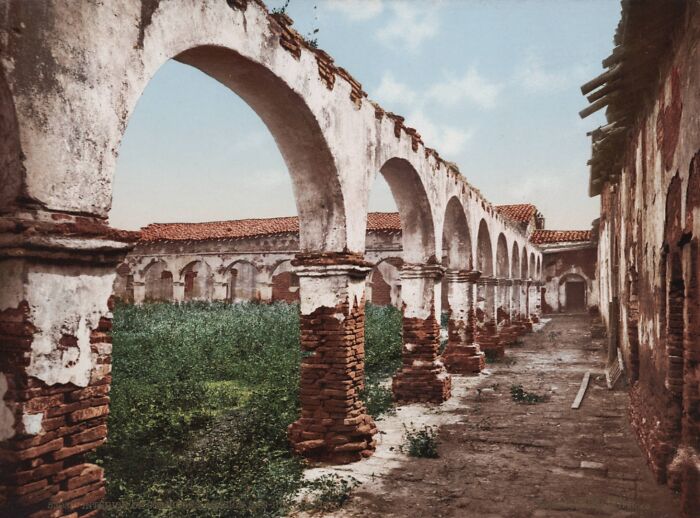I don't know about you, Pandas, but I love period dramas. They're like a window into the past: we can see how people looked and lived a hundred or even more years ago. However, they're often just interpretations of the past.
Why opt for how someone imagines what the world looked like when you have photographs that can show you? That's why we've put together a list of some of the oldest color photographs so we can all marvel at the ingenuity of photography and feel closer to the history of the places we now live in.
To learn more about the processes of the fascinating history of color photography, Bored Panda reached out to Mark Osterman. He's a former photographic process historian for the George Eastman House International Museum of Photography and Film who teaches workshops in early photographic processes from Niepce heliographs to gelatin emulsions. Osterman kindly agreed to take us behind the scenes of the makings of color photography.



Historians date the oldest photograph to 1826 France. At least that's the oldest one that we know of today. That's when Joseph Nicéphore Niépce started experimenting with a camera obscura and took a snapshot of the view outside his window.
Scottish physicist James Clerk Maxwell took the world's first colored photograph. He experimented with red, blue, and green filters while photographing a ribbon. By projecting all three images onto a screen simultaneously, he was able to recreate the original image of the ribbon.



As evident from Niépce's and Maxwell's experiments, and as photographic process historian Mark Osterman told Bored Panda, the processes behind colored photographs were virtually unknown to the general public. "They were experimental," he explains.
However, what Maxwell did back then isn't so far off from how we get color photographs with our cameras and phones. "If you look at your computer or phone camera screen with a strong magnifier, they both rely on exactly the same technology," Osterman explains.



"You will see red, green, and blue lines," he goes on. "The other colors are based on those lines being next to each other. For instance, yellow is a virtual mixture of red and green lines next to each other. White is actually all three colors next to each other!"



French brothers Auguste and Louis Lumière were the first to patent the autochrome: a method of color photography. What is the autochrome, exactly? It's when plates are covered in microscopic red, green, and blue grains of starch, and when light passes through them, it combines to recreate a full-color image of the original.



Even though the autochrome was patented in 1903, that doesn't mean that it was readily available to the public. "Only affluent amateur photographers were shooting them aside from the professional photographers, who worked for the National Geographic Magazine," Osterman told us. "This was because the color transparency plates could be used to produce three color printing plates to make full-color ink-printed reproductions in their magazines."



"There was a two-color process invented around 1913 by Kodak that used two glass plates in contact with each other, one being red-orange and the other being green-blue," Osterman goes on. "Called the two-color Kodachrome process, it was beautiful, but the dyes being from Germany and the US entering the war made it impossible for Kodak to put the process into production. None were sold."



"The product name Kodachrome resurfaced in the 1930s with a three-color chromogenic process, a variant that we still use today," Osterman continues. While these 35 mm color slides (aka transparencies or diapositives) were known in the 1930s by both Kodak (US) and Agfa (Germany), only the amateurs were using them."



People had to wait for the war to end for color films to appear on the market. "It wasn't until after WWII that color films were widely available for everyone and professionals started using them in publications," Osterman says. "By the 1960s, portrait studios were routinely offering color photographic prints from color negatives."



Most amateur photographers and perhaps even some professionals might not know that all color plates, films, and papers are actually coated with black and white gelatin emulsions. "The image is taken by that black and white sensitive emulsion and the color becomes visible during processing," Mark Osterman explains to Bored Panda. "After the color image is established, the black silver-based image is dissolved away, leaving the color behind."



Perhaps we have some photography enthusiasts among Pandas, too? If you're into the history of photography or the processes behind photo-making, let us know in the comments your favorite part of the process! And if you're looking for more old photographs that are in color, be sure to check out our previous article here!